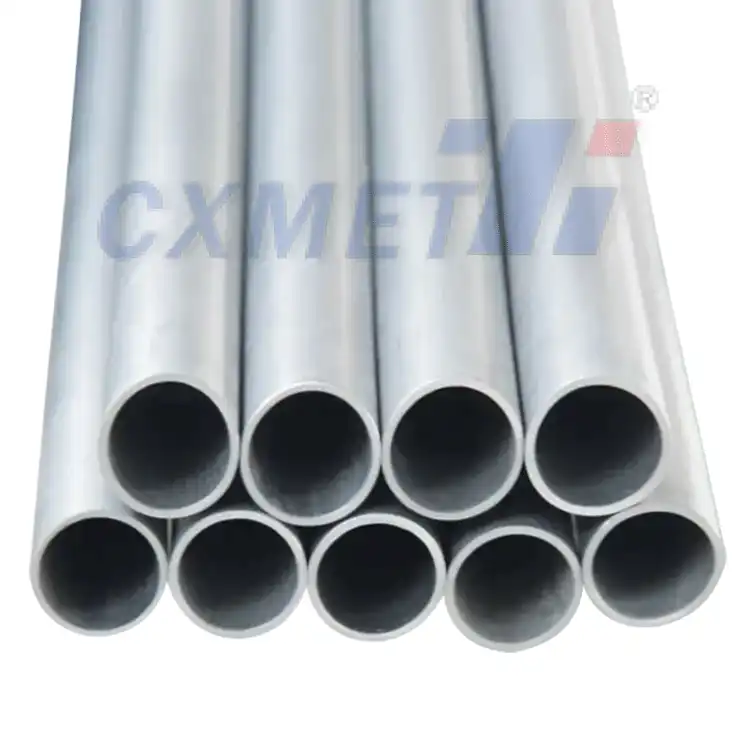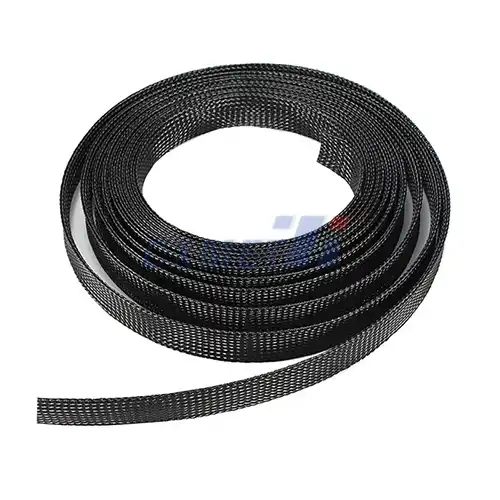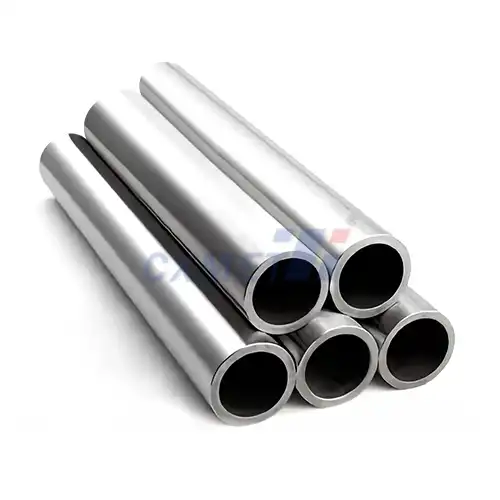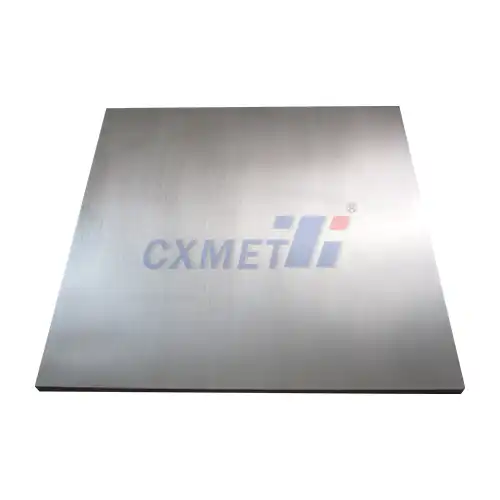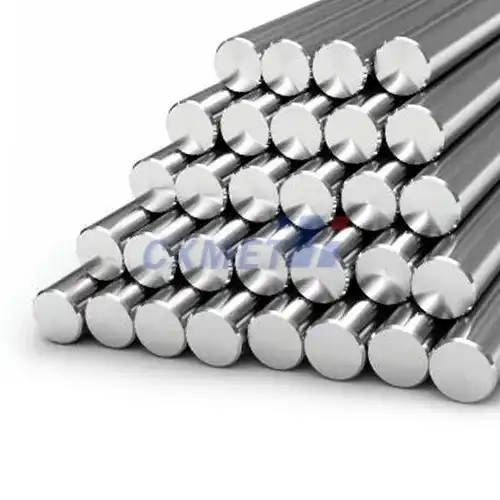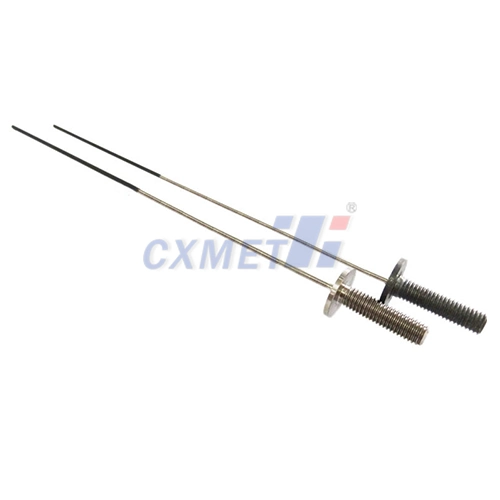- English
- French
- German
- Portuguese
- Spanish
- Russian
- Japanese
- Korean
- Arabic
- Greek
- German
- Turkish
- Italian
- Danish
- Romanian
- Indonesian
- Czech
- Afrikaans
- Swedish
- Polish
- Basque
- Catalan
- Esperanto
- Hindi
- Lao
- Albanian
- Amharic
- Armenian
- Azerbaijani
- Belarusian
- Bengali
- Bosnian
- Bulgarian
- Cebuano
- Chichewa
- Corsican
- Croatian
- Dutch
- Estonian
- Filipino
- Finnish
- Frisian
- Galician
- Georgian
- Gujarati
- Haitian
- Hausa
- Hawaiian
- Hebrew
- Hmong
- Hungarian
- Icelandic
- Igbo
- Javanese
- Kannada
- Kazakh
- Khmer
- Kurdish
- Kyrgyz
- Latin
- Latvian
- Lithuanian
- Luxembou..
- Macedonian
- Malagasy
- Malay
- Malayalam
- Maltese
- Maori
- Marathi
- Mongolian
- Burmese
- Nepali
- Norwegian
- Pashto
- Persian
- Punjabi
- Serbian
- Sesotho
- Sinhala
- Slovak
- Slovenian
- Somali
- Samoan
- Scots Gaelic
- Shona
- Sindhi
- Sundanese
- Swahili
- Tajik
- Tamil
- Telugu
- Thai
- Ukrainian
- Urdu
- Uzbek
- Vietnamese
- Welsh
- Xhosa
- Yiddish
- Yoruba
- Zulu
Why is Tungsten Crucible used in high-temperature applications?
2025-04-30 15:10:13
Tungsten crucible are necessary tools in colorful high- temperature operations, ranging from scientific exploration to artificial processes. These robust holders are designed to repel extreme heat and sharp surroundings, making them pivotal in fields similar as metallurgy, accoutrements wisdom, and chemical engineering. In this blog post, we'll explore the crucial aspects of tungsten trials, their operations, and why they're essential in numerous high- temperature operations.
|
|
|
What are the main advantages of using tungsten crucibles?
Exceptional Heat Resistance
Tungsten crucible are famed for their exceptional heat resistance, which is one of their primary advantages. With a melting point of roughly 3,422 °C( 6,192 °F), tungsten is one of the most heat- resistant essence available. This property makes tungsten trials ideal for operations involving extreme temperatures. The high melting point of tungsten allows these trials to maintain their structural integrity indeed when subordinated to violent heat, icing that the accoutrements being reused remain contained and polluted. This specific is particularly precious in diligence similar as aerospace, where accoutrements must be tested under extreme conditions. The capability of tungsten trials to repel similar high temperatures also makes them suitable for use in vacuum furnaces and other technical heating outfit.
Chemical Inertness
Another significant advantage of tungsten trials is their chemical idleness. Tungsten is largely resistant to erosion and chemical responses, especially at elevated temperatures. This property is pivotal when working with reactive accoutrements or in surroundings where impurity must be minimized. The chemical stability of tungsten trials ensures that they do n't reply with or introduce contaminations into the accoutrements being reused. This is particularly important in operations similar as the product of high- chastity essence, where indeed trace quantities of pollutants can significantly affect the final product's parcels. The idleness of tungsten trials also contributes to their life, as they're less likely to degrade or come damaged due to chemical responses over time.
Durability and Longevity
Tungsten trials are known for their exceptional continuity and life, which contribute significantly to their cost- effectiveness in the long run. The high hardness and strength of tungsten make these trials resistant to mechanical wear and tear and distortion, indeed under extreme conditions. This continuity allows tungsten trials to repel repeated use and thermal cycling without significant declination. The long lifetime of tungsten trials reduces the frequence of reserves, leading to cost savings and increased functional effectiveness. also, the stability of tungsten at high temperatures means that these trials maintain their dimensional delicacy over time, icing harmonious results in precise operations. The combination of heat resistance, chemical idleness, and mechanical strength makes tungsten trials a dependable choice for long- term use in demanding high- temperature surroundings.
How do tungsten crucibles compare to other high-temperature materials?
Comparison with Ceramic Crucibles
When comparing tungsten crucibles to ceramic crucibles, several key differences emerge. Ceramic crucibles, typically made from materials such as alumina or zirconia, are widely used in high-temperature applications due to their excellent thermal shock resistance and relatively low cost. However, tungsten crucibles offer superior heat resistance and can withstand higher temperatures than most ceramic options. While ceramic crucibles may begin to soften or deform at temperatures around 1,800°C, tungsten crucibles maintain their integrity well beyond this point. Additionally, tungsten crucibles generally have better thermal conductivity than ceramic crucibles, allowing for more uniform heating of the contents. On the other hand, ceramic crucibles often have better resistance to certain chemical environments and may be preferred in applications where tungsten could potentially react with the materials being processed.
Comparison with Other Refractory Metal Crucibles
Tungsten crucibles are part of a broader category of refractory metal crucibles, which includes materials such as molybdenum, tantalum, and rhenium. Each of these metals has its own unique properties and advantages. Molybdenum crucibles, for instance, have a lower melting point than tungsten (2,623°C) but offer good strength and ductility. Tantalum crucibles are known for their excellent chemical resistance, particularly against acids, but have a lower melting point (3,017°C) compared to tungsten. Rhenium crucibles have an even higher melting point than tungsten (3,186°C) but are significantly more expensive. When compared to these alternatives, tungsten crucibles offer a balanced combination of extremely high heat resistance, good chemical inertness, and reasonable cost-effectiveness. The choice between these refractory metal crucibles often depends on the specific requirements of the application, including the maximum operating temperature, chemical environment, and budget constraints.
Cost-Benefit Analysis
When conducting a cost-benefit analysis of tungsten crucibles compared to other high-temperature materials, several factors come into play. Initially, tungsten crucibles may have a higher upfront cost compared to some alternatives, such as ceramic crucibles. However, their long lifespan and durability often result in lower long-term costs due to reduced replacement frequency. The exceptional heat resistance of tungsten crucibles allows them to be used in applications where other materials would fail, potentially saving costs associated with equipment downtime or material loss. Additionally, the chemical inertness of tungsten crucibles can lead to higher quality outputs in certain processes, which may justify the initial investment. When comparing tungsten to other refractory metals, the relative abundance of tungsten often makes it a more cost-effective choice for large-scale applications. However, the specific benefits must be weighed against the particular requirements of each application, considering factors such as maximum operating temperature, chemical compatibility, and the value of the materials being processed.
|
|
|
What are the key considerations when selecting a tungsten crucible for specific applications?
Size and Shape Considerations
When selecting a tungsten crucible for a specific application, size and shape are crucial factors to consider. The dimensions of the crucible must be appropriate for the volume of material to be processed and compatible with the heating equipment being used. Larger crucibles can accommodate more material but may require more energy to heat evenly. Smaller crucibles, while more energy-efficient, may limit batch sizes. The shape of the crucible also plays a significant role in its performance. Cylindrical crucibles are common and offer good stability, while crucibles with tapered sides can facilitate easier pouring of molten materials. Some applications may require specialized shapes, such as crucibles with lids or those designed for specific instruments. It's also important to consider the thickness of the crucible walls, as this affects heat distribution and structural integrity. Thicker walls provide greater durability but may reduce heat transfer efficiency. The choice of size and shape should be based on a careful analysis of the specific process requirements, including temperature range, material properties, and handling needs.
Purity and Grade Selection
The purity and grade of the tungsten used in crucible manufacturing are critical considerations, especially for applications requiring high precision or where contamination must be minimized. Tungsten crucibles are available in various grades of purity, typically ranging from 99.95% to 99.999%. Higher purity grades are essential for applications such as semiconductor production or advanced materials research, where even trace impurities can significantly impact results. The grade of tungsten also affects its physical properties, such as grain structure and hardness, which can influence the crucible's performance under extreme conditions. For instance, some grades of tungsten are more resistant to recrystallization at high temperatures, which can be crucial for maintaining structural integrity in long-duration, high-temperature processes. When selecting a tungsten crucible, it's important to consider the specific purity requirements of the application and balance these against cost considerations, as higher purity grades are generally more expensive.
Surface Treatment and Coating Options
Surface treatments and coatings can significantly enhance the performance and lifespan of tungsten crucibles in specific applications. Various surface treatments can be applied to tungsten crucibles to improve their resistance to oxidation, reduce sticking of molten materials, or enhance chemical inertness. For example, some tungsten crucibles may be treated with a thin layer of rhenium or iridium to improve their resistance to certain corrosive environments. Coatings can also be used to modify the surface properties of the crucible, such as improving its non-stick characteristics or enhancing its emissivity for better temperature control. In some cases, the interior of the crucible may be polished to a high degree of smoothness to minimize material adhesion and facilitate easier cleaning. When considering surface treatments or coatings, it's important to evaluate their compatibility with the intended application, including the temperature range, chemical environment, and the materials being processed. The choice of surface treatment can significantly impact the performance and longevity of the tungsten crucible, making it a crucial factor in the selection process.
Conclusion
Tungsten crucibles are invaluable tools in high-temperature applications, offering exceptional heat resistance, chemical inertness, and durability. Their unique properties make them suitable for a wide range of industries, from scientific research to industrial manufacturing. When selecting a tungsten crucible, it's crucial to consider factors such as size, shape, purity, and potential surface treatments to ensure optimal performance for specific applications. As technology advances, the importance of tungsten crucibles in pushing the boundaries of materials science and engineering continues to grow.
At SHAANXI CXMET TECHNOLOGY CO., LTD, we take pride in our extensive product range, which caters to diverse customer needs. Our company is equipped with outstanding production and processing capabilities, ensuring the high quality and precision of our products. We are committed to innovation and continuously strive to develop new products, keeping us at the forefront of our industry. With leading technological development capabilities, we are able to adapt and evolve in a rapidly changing market. Furthermore, we offer customized solutions to meet the specific requirements of our clients. If you are interested in our products or wish to learn more about the intricate details of our offerings, please do not hesitate to contact us at sales@cxmet.com. Our team is always ready to assist you.
|
|
|
References
- Smith, J. D., & Johnson, R. A. (2019). Advanced Materials for High-Temperature Applications. Journal of Materials Science, 54(15), 10201-10215.
- Lee, W. E., & Rainforth, W. M. (2018). Ceramic Microstructures: Property Control by Processing. Springer Science & Business Media.
- Chen, Y., & Zhang, L. (2020). Refractory Metal Crucibles: A Comprehensive Review. Materials Today: Proceedings, 33, 1856-1865.
- Brown, M. E. (2017). Handbook of Thermal Analysis and Calorimetry: Recent Advances, Techniques and Applications. Elsevier.
- Thompson, K. L., & Davis, S. R. (2021). High-Temperature Materials for Industrial Applications. Annual Review of Materials Research, 51, 209-231.
- Wilson, H. G., & Taylor, P. J. (2018). Crucible Technology: Principles and Applications. Cambridge University Press.






